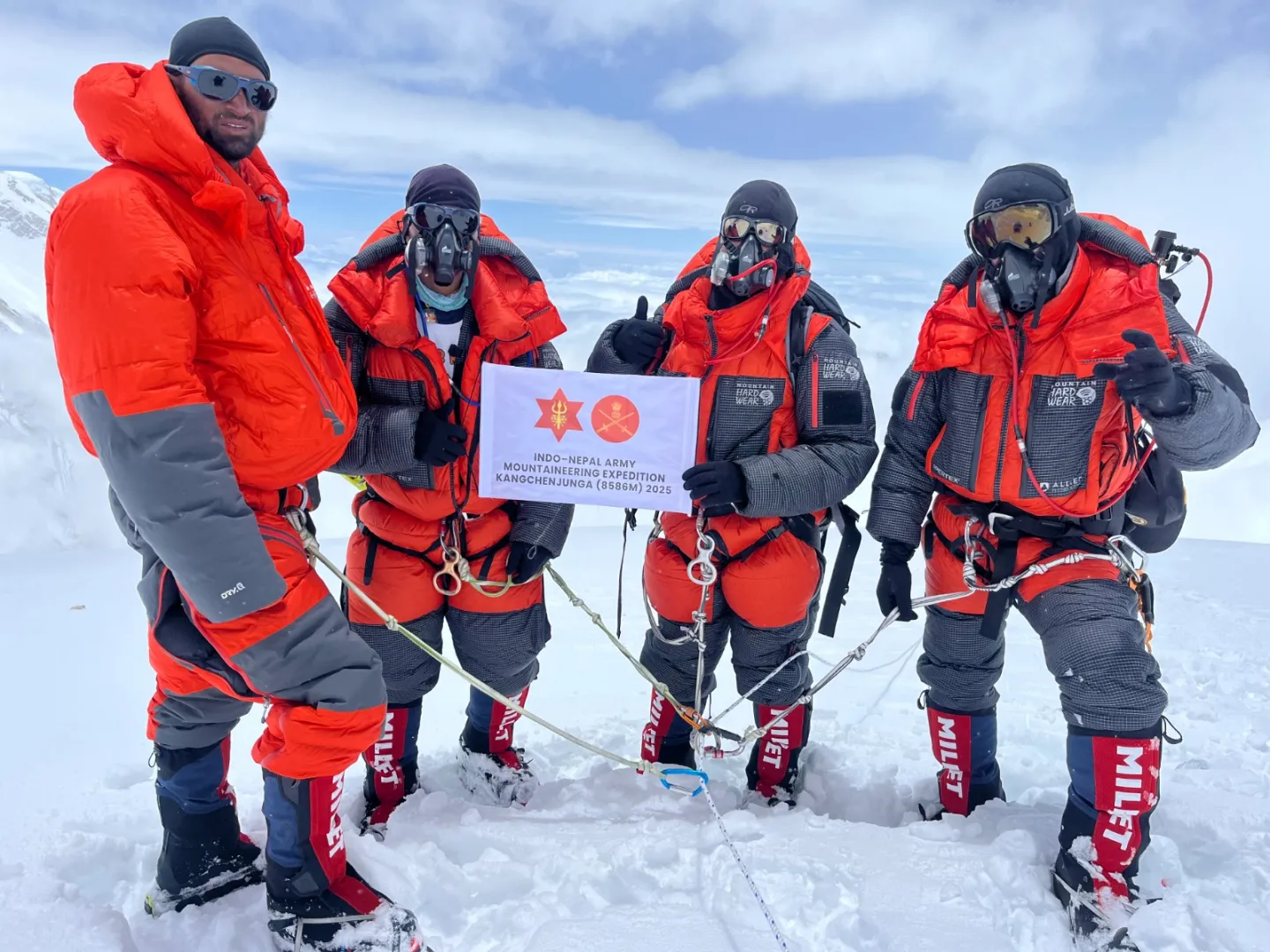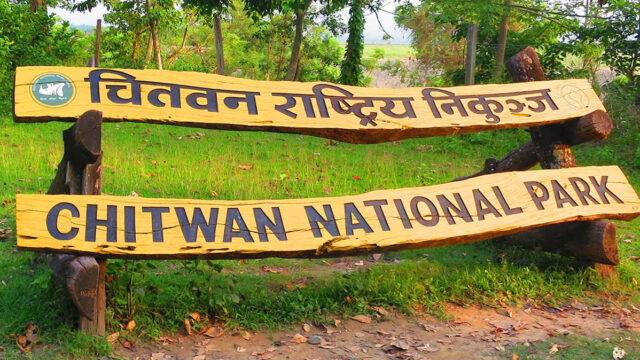A joint expedition team comprising members of the Nepali and Indian Armies has successfully summited the world’s third-highest peak, Mount Kanchenjunga, as part of a collaborative mountaineering and environmental mission. According to the Directorate of Public Relations and Information of the Nepali Army, the historic ascent took place on Jestha 5 and 6.
The 15-member team was divided into two groups, with the Nepali contingent led by Lieutenant Colonel Gajendra Deuba and the Indian team led by Colonel Sarfaraz Singh. The Nepali team included 10 members, while the Indian side contributed 5 climbers. The successful ascent marks a milestone in bilateral defense cooperation, showcasing the shared commitment of both nations to high-altitude training, environmental responsibility, and mutual military support.
This is not the first time the two neighboring countries’ militaries have collaborated for mountaineering purposes, but this climb holds special significance as it demonstrates not only physical endurance but also environmental stewardship in the fragile Himalayan ecosystem.
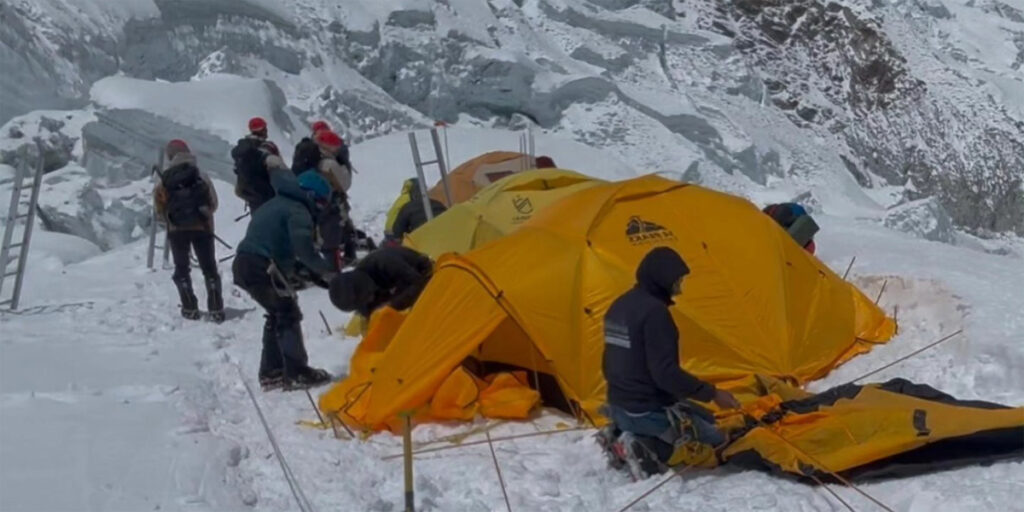
Military’s Role in Himalayan Clean-Up Campaigns
In addition to scaling Mount Kanchenjunga, the Nepali Army has taken on a broader mission cleaning and preserving the pristine environment of the Himalayas. Recognizing the rising concerns of pollution caused by trekking and mountaineering activities, the army has initiated several clean-up operations aimed at reducing waste and raising awareness about environmental conservation in remote mountainous regions.
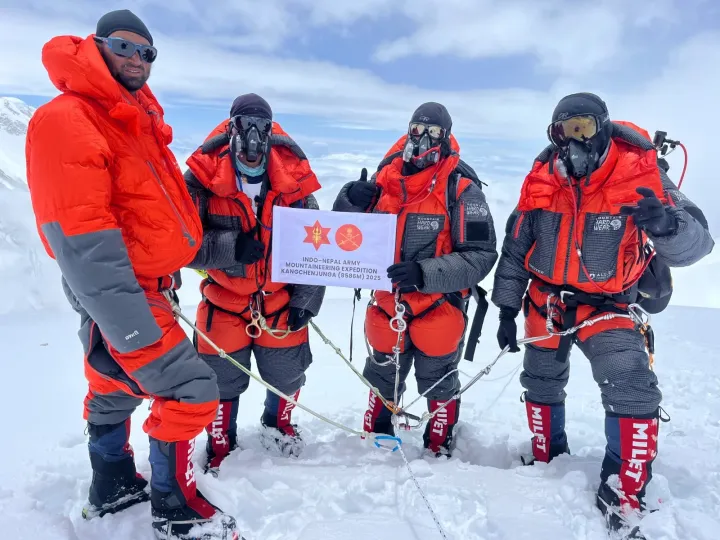
On Jestha 3, a team from the Nepali Army’s High Mountain Training School, stationed in Mustang district, conducted a major clean-up in the Thorong Pass area. The team managed to collect 350 kilograms (equivalent to 37 sacks) of scattered waste, which was then handed over to the Annapurna Conservation Area Project (ACAP) office in Jomsom for proper disposal.
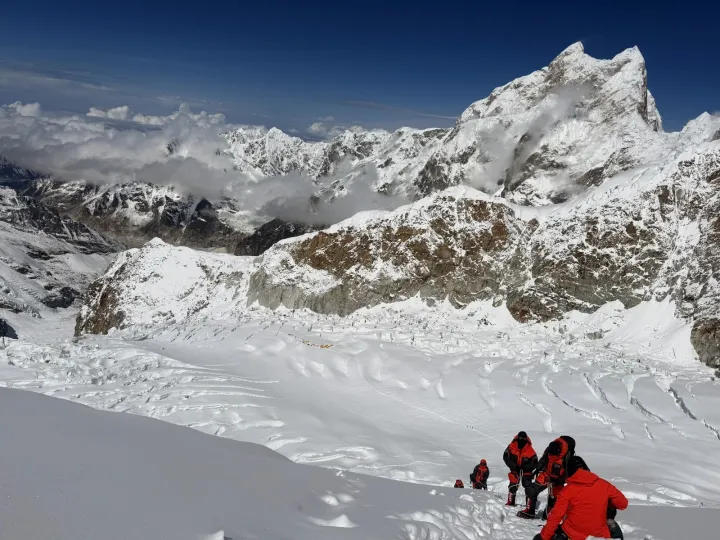
Solukhumbu Clean-Up and Awareness Campaign
Furthering its environmental mission, the Nepali Army also organized a dedicated clean-up and awareness campaign in the Everest region from Baishakh 26 to the present day. Under this initiative, the army carried out waste management activities in Gorakshep, Dingboche, Pangboche, and Kala Patthar all key points along the Everest trekking route.
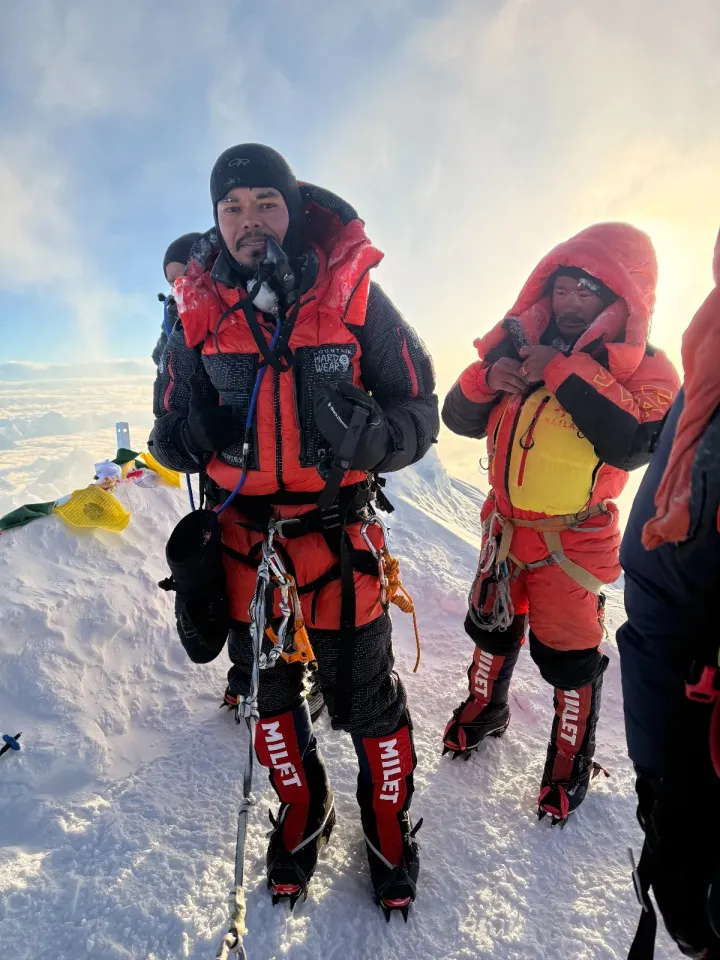
In the high-altitude settlements of Pangboche and Dingboche, the army gathered nearly 500 kilograms of waste. The collected garbage was then segregated, broken down into smaller manageable portions, and transported with the help of porters and logistical support. Around 100 kilograms of this waste was taken from Pangboche and Namche to Lukla, from where it was handed over to the Sagarmatha Pollution Control Committee (SPCC), an organization dedicated to protecting the Everest region from pollution.
The campaign also included educational sessions for local communities and trekkers. Through direct engagement, the army aimed to instill a sense of environmental responsibility in residents and travelers alike, encouraging better waste management practices and sustainable tourism.
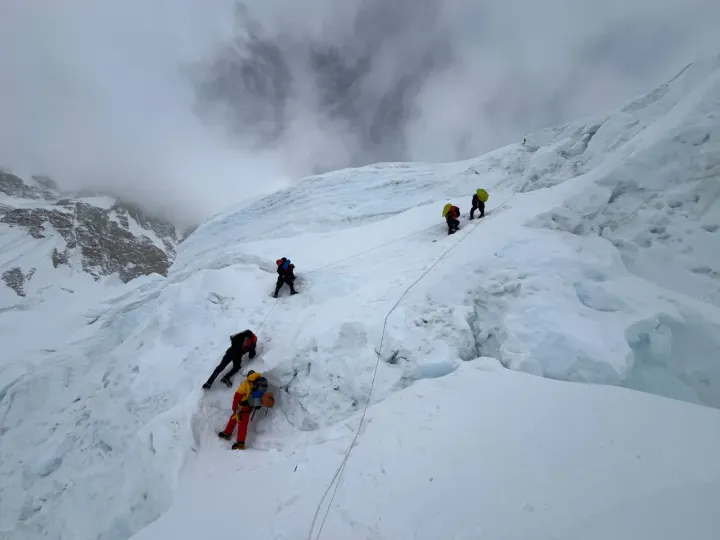
A Model for Eco-Friendly Adventure and Military Partnership
This dual-purpose expedition climbing and cleaning highlights how military missions can contribute to sustainable tourism and conservation. As tourism revives post-pandemic, there is growing concern about the ecological footprint left by increased footfall in popular trekking and climbing areas. The Army’s active role in both adventure and clean-up missions reflects a broader vision of eco-friendly exploration and national pride in the Himalayas.
Experts have welcomed the initiative, noting that military-led clean-up efforts not only bring logistical efficiency but also inspire both citizens and tourists to become more environmentally conscious.
With the Himalayas being a significant draw for global adventure tourism, ensuring their cleanliness and ecological balance is essential. Joint missions like the recent Kanchenjunga expedition serve as a testament to how cross-border military cooperation can extend beyond defense into areas like environmental diplomacy and sustainable tourism promotion.
